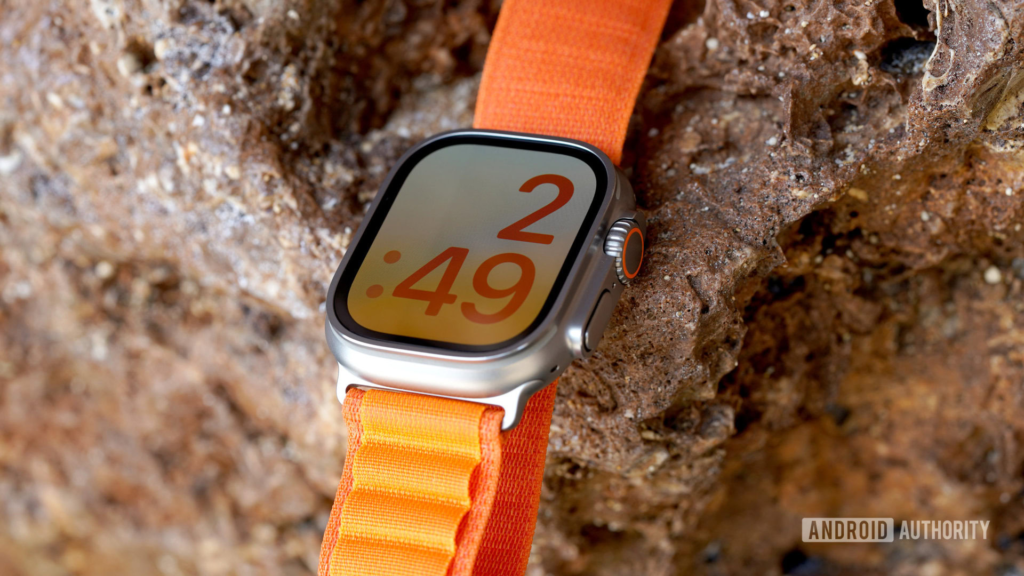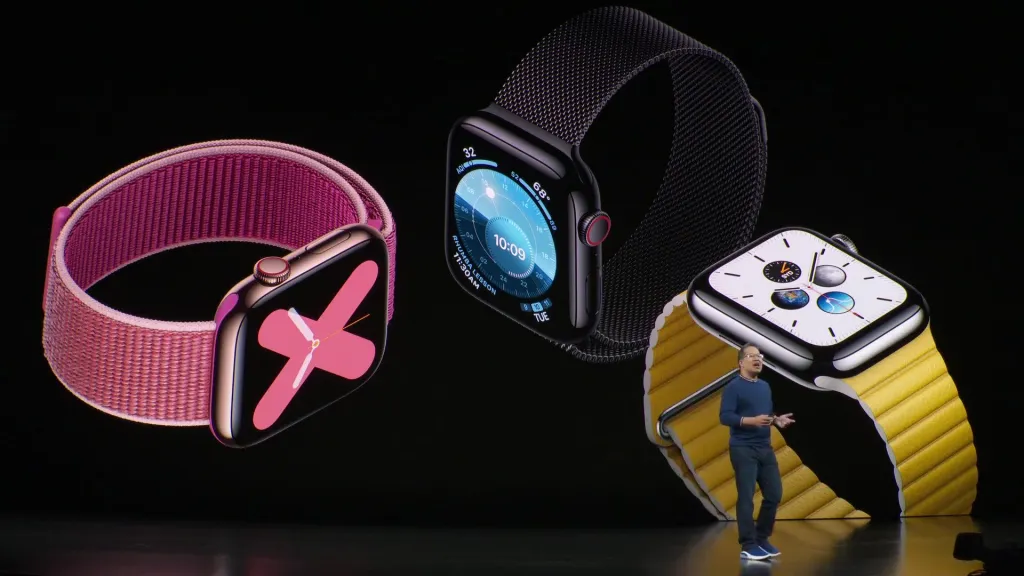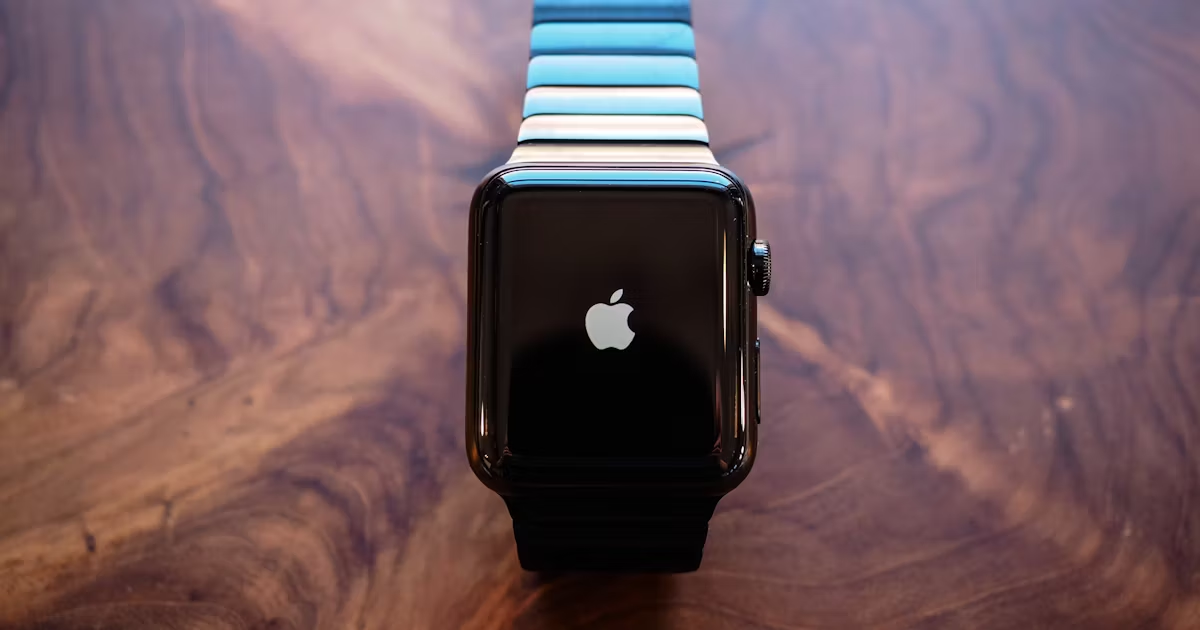Tech enthusiasts are feeling a mixture of excitement and sadness with the announcement of the Apple Watch X, which is rumored to commemorate the tenth anniversary of Apple’s iconic wearable. Its predecessor, the Series 9, appears to be strikingly similar to the gadget according to leaked designs, which raises doubts about the possibility of a major cosmetic redesign. Given Apple’s track record of ground-breaking design changes, this revelation stands in stark contrast to expectations and begs for a deeper look at what the new version might have and might not have.
Apple’s approach to product design has often been characterized by bold moves—sometimes removing physical controls, like the beloved Home button, only to reintroduce them in new forms. This dichotomy reflects the company’s commitment to refining user experience through continuous experimentation. For Apple Watch enthusiasts, this cycle of change and restoration generates keen interest in each new release, as consumers speculate on how these alterations will impact functionality and design.

Central to the disappointment surrounding the Apple Watch X is the absence of what some consider a game-changing feature—the Action Button. Popularized on the Apple Watch Ultra and Ultra 2, this multifunctional control point positioned below the crown allows users to assign a range of tasks, from starting workouts to activating shortcuts. Its utility lies in its ability to streamline interactions, adapting the device to individual preferences and needs. For many, the lack of this feature on the standard Apple Watch models feels like a missed opportunity for broader customization and enhanced user control.
The disparity in features between Apple’s standard and premium watch models raises questions about the company’s segmentation strategy. Reports indicate that while the Ultra series boasts advanced functionalities like the Action Button, standard models like the Apple Watch X may not see these innovations. This strategy of feature differentiation is not uncommon in the tech industry, where brands use tiered product offerings to cater to diverse consumer preferences and budgets. However, it also risks alienating segments of the consumer base who seek cutting-edge features without committing to higher-priced models.

Despite these reservations, optimism persists regarding potential upgrades in other areas. Improved battery life, for instance, remains a perennial concern among smartwatch users, with longer endurance enhancing overall usability and convenience. A thinner and more ergonomic case design could also contribute significantly to wearer comfort and aesthetic appeal, potentially offsetting disappointment over feature exclusions. Moreover, durability enhancements would appeal to active users, reinforcing the watch’s suitability for varied lifestyles.
Another area of potential innovation lies in the realm of artificial intelligence and voice interaction. An AI-backed Siri experience that delivers more accurate and contextually relevant responses to user queries could significantly elevate the Apple Watch X’s appeal. Integrating advanced AI capabilities not only enhances usability but also positions the device as a more integral part of users’ daily routines, from managing schedules to controlling smart home devices.
Apple’s decision to reserve certain features for its premium models reflects a broader strategy of market segmentation and product differentiation. By offering distinct tiers of products, Apple caters to both budget-conscious consumers and those willing to invest in cutting-edge technology. This approach allows the company to maintain a competitive edge while addressing diverse market demands. However, it also underscores the challenge of balancing innovation with accessibility, as not all users may be willing or able to upgrade to higher-priced models for desired features.

The device still has potential, even though the absence of anticipated enhancements in the leaked mockups of the Apple Watch X may have dampened initial excitement. Improvements in AI-driven functionality, durability, battery life, and design aesthetics could indicate that Apple is still putting the user experience and technological innovation first. The dispute between feature exclusivity and widespread accessibility is expected to persist as people await the formal introduction and subsequent evaluations. This debate is indicative of broader conversations within the tech sector over innovation, pricing, and customer expectations.
If you like the article please follow on THE UBJ.
